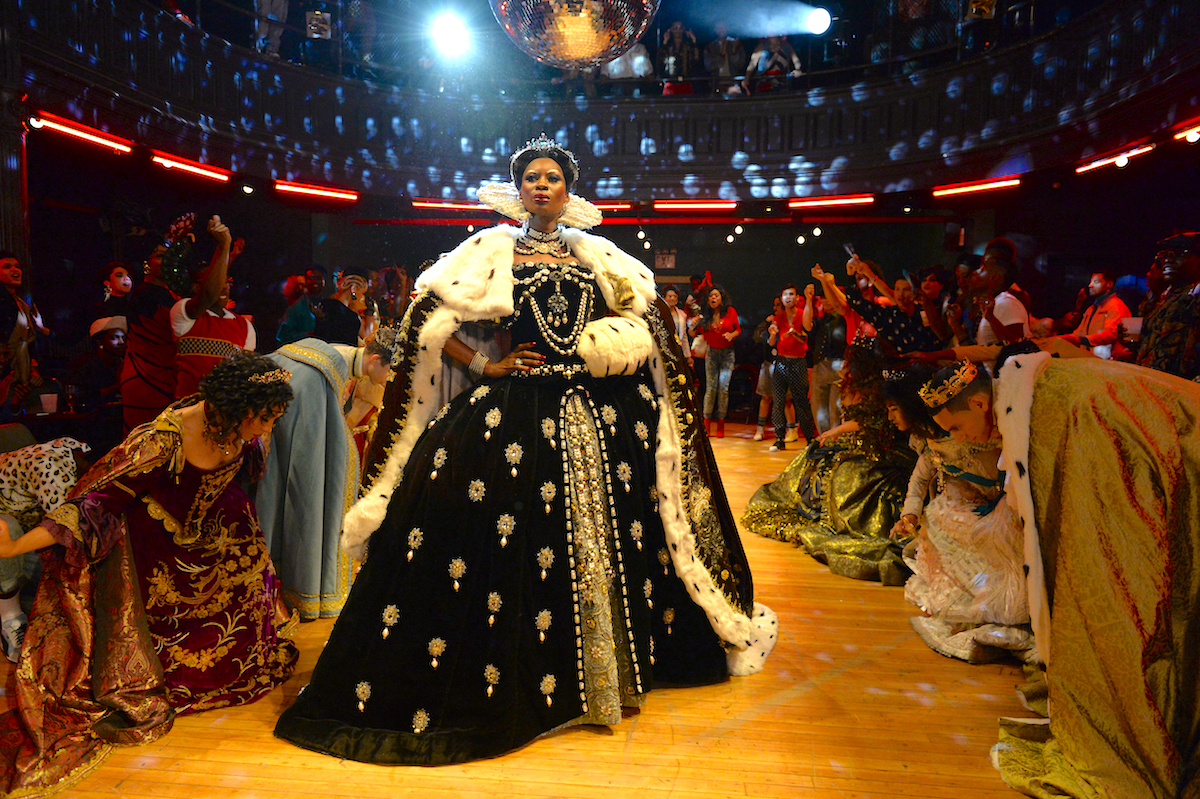FX’s hit series sashays into Season 2 with more than just creative momentum – it’s become a life-changing experience for the many Local 600 members behind the lens.
by Margot Carmichael Lester
You could look at the FX hit Pose, whose second season debuted this past June, as simply a terrific story well told. Which it most assuredly is. But that’s only part of the narrative, really.
Pose’s first season introduced a world where the very privileged and the very marginalized – living at the height of consumerist materialism and the AIDS epidemic – overlapped. The near-simultaneous rise of ballroom culture, the New Right, and the fortification of the gay and trans community in this same timeframe helped to give the show a defined social and political context, as well as a large viewing audience. With a deeper dive into the lives of the many trans characters who populate this unique sub-culture, and their impoverished backgrounds highlighting season two, the Ryan Murphy-produced drama has brazenly challenged outmoded norms. It has also shown contemporary audiences that great results can come from personal and cultural liberation: realness in all its righteous glory.
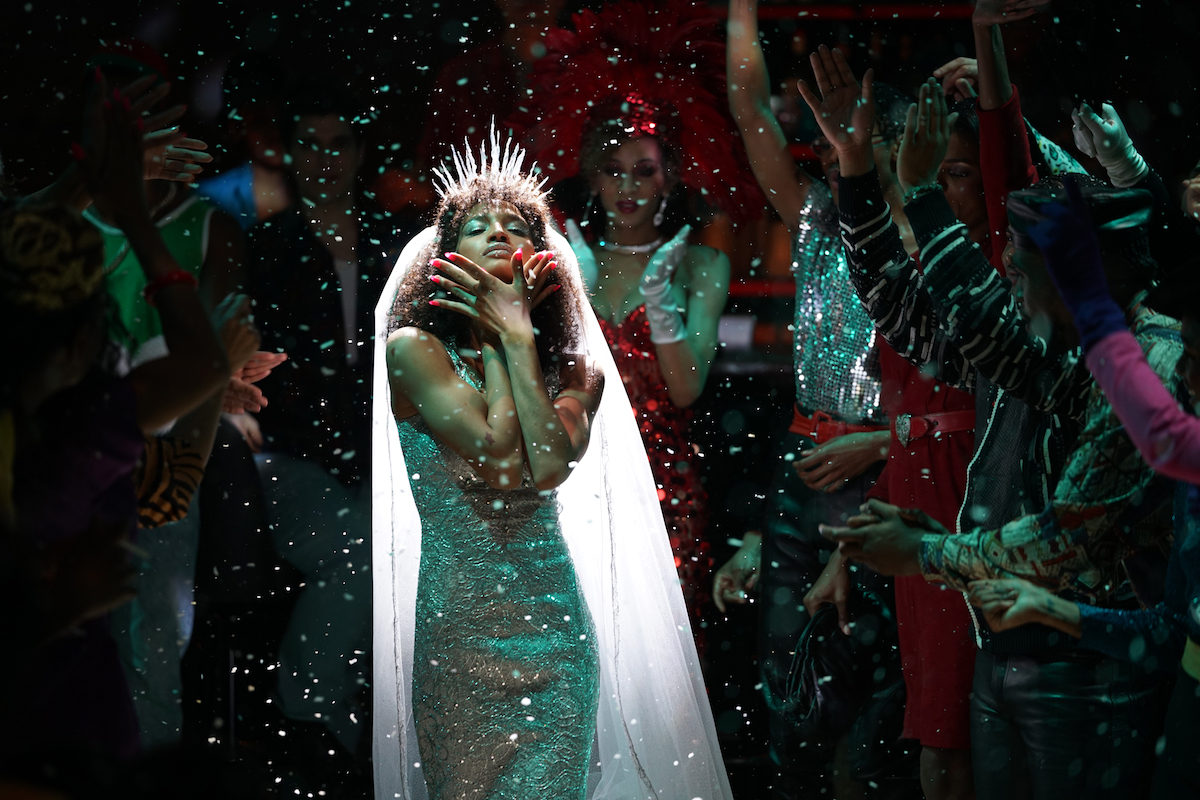
As Director, Writer, and Co-Executive Producer Janet Mock describes:“[Pose] is unlike anything else on television because it offers a moving portrait of what it means to love yourself despite being given no love from the world. It’s a trailblazing story about LGBTQ people, who are so often marginalized and discarded in our society, and re-centers them as underdogs and misfits, who band together in order to create a new kind of family.”
“Everybody wants to be their real selves,” adds executive producer Alexis Woodall. “We all have something we’re nervous about. These characters show us that being real is more important than getting by. I hope for the audience they remember that and get a boost of personal bravery from it.”
Nelson Cragg, ASC, a frequent collaborator with showrunner Murphy, established the visual look for Season 1’s first two episodes. “Working with Ryan is amazing because he supports the creative vision by being very open to things,” notes Cragg, who also directed episode 3.
Cragg says the goal was to depict the lives of these characters honestly, “while offering some stylization, so it would not be too bleak. The inspiration was partly based on the real spaces that the balls took place in. We watched the [1990 indie] documentary Paris Is Burning and referenced the light. The spaces were not permanent, so they didn’t have huge lighting or set dressing setups. The bold red color was taken from the real balls, and we added some spotlights and disco balls. But it’s pretty close to what they had there at that time. Fluorescent overheads, lots of smoke from cigarettes.”
ARRI cameras, Zeiss Ultra Primes and Angénieux lightweight zooms were Cragg’s tools of choice.
“I prefer working with zooms on a show like this because we have to be fast and flexible,” he continues. “Ryan chose to work with a real trans cast, many of whom had not had much on-screen experience. This meant we needed to keep the shots simple, and not do real specific lighting. Because we wanted [the cast] to feel free to experiment and not be locked into a mark,we had to be ready to capture everything in a live-type environment, where you don’t want to be changing lenses constantly. Basically, we had to light spaces, not shots.”
Season 1 A-camera/Steadicam operator Andrew Mitchell, SOC, says Cragg likes images that are graphic and cinematic. “Nelson will almost always move a light if it makes a better frame,” Mitchell shares. “If we have three cameras and one has a so-so shot, he’ll pull them out.”
Devon, England–born cinematographer Simon Dennis, BSC, shot the remainder of Season 1. Mitchell says Dennis likes to refer to shots on an emotional level. “Simon will shoot stills on his phone during the rehearsal and show them to his operators for the setups he wants,” Mitchell continues. “He gets into the camera’s technical settings, changing the shutter angle, ISO, and color temperature and riding the iris.”
Season 2 was lensed by Andrei Bowden Schwartz; of the differing creatives behind the camera, Season 2 A-camera 1stAC Damon LeMay says: “One of the joys of shooting a show with such a large performance component is that the operators and the focus pullers really get to play on a regular basis. Having DPs who allow you to find new and exciting moments on the fly makes that a lot of fun.”

Pose’s ballroom scenes, shot on location in Season 1 and then on a painstakingly recreated soundstage set for Season 2, are key aspects of the show’s success. Loud, raucous and full of life, Cragg knew the “balls” had to be experienced in 360 degrees to make viewers feel like they were in the room.
“[The ball scenes] had to be loose and free, which meant the camera had to spin and move with the action to draw people in,” Cragg explains. “We lit with spotlights, and par cans and lights we could shoot. It provided real-life lens flares and made sure the operators were not locked into small areas. We had the amazing Andrew Mitchell on Steadicam, and that always helps! No ones move a camera like Andrew.”
The ball sequences were given a deliberate Technicolor look that Dennis describes as “a reflection of how these characters feel on the inside when they gather for the beautiful ‘ball culture.’”
In fact, each ball is identified by a specific choice of colors.
“Some of these were pre-planned and some were organically worked out on the day once I’d seen the costumes and blocking,” Dennis adds. “All the LED Astera and PAR-can units on set were controlled from our central board, so it was a very quick process to try out ideas. Thank goodness for today’s advanced LED lighting systems, as it would have been impossible without them.”
Season 2 A-camera operator Peter Vietro-Hannum says the biggest challenge to the balls was their sheer magnitude. “The standard coverage of a normal scene doesn’t apply,” he remarks. “There were dozens of characters that needed to be seen, and around 50 to 75 extras with fantastic costumes that make the whole scene come to life. We always had three cameras. A-camera usually started with a wide lens on the Technocrane, and the B and C cameras work the crowd with long lenses.”
Adds Schwartz: “It gets tricky to hide cameras from each other and not cast camera shadows from the spotlights. The solution is to not go for too many similar frame sizes at once, but rather to pair a super-wide with two long-lens cameras. After that, it’s all about synchronizing with the walkers and dance numbers and making sure we’re ready for changes.”
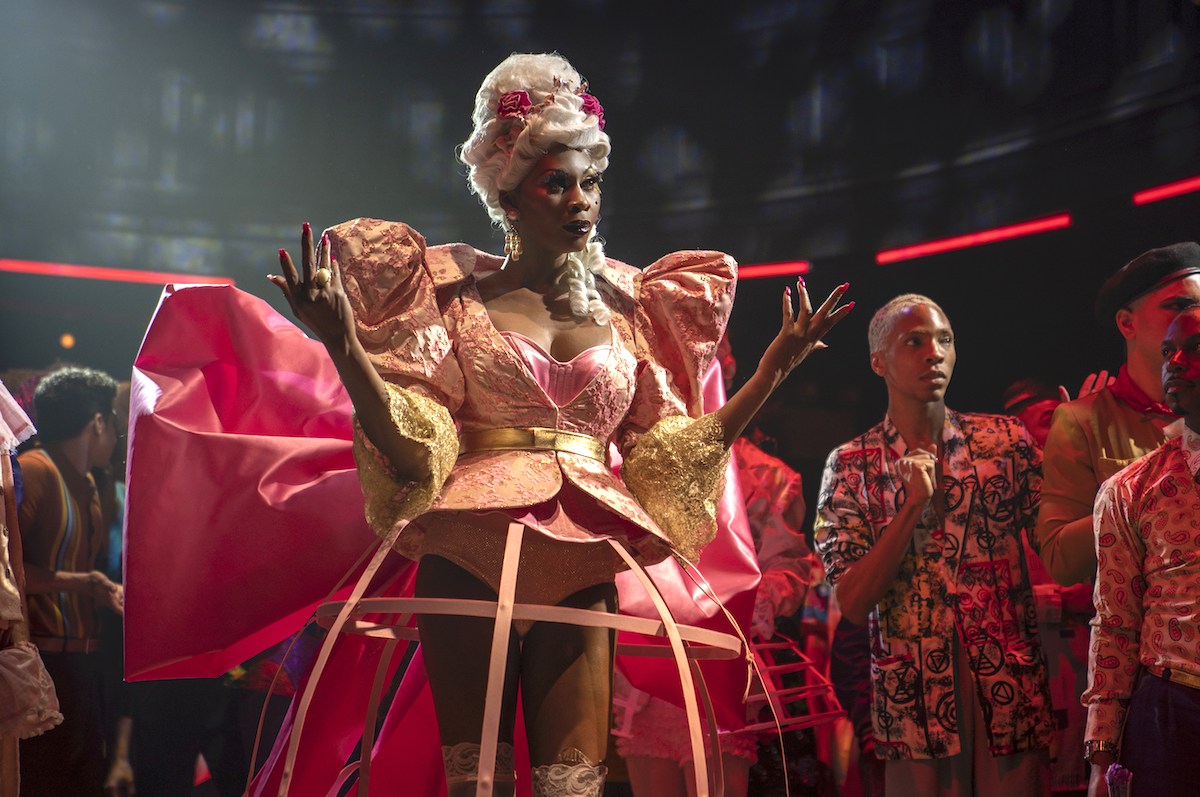
The ball costumes and art design also required a high level of experimentation. “We did so much research, starting with Season 1 when Lou [Eyrich] and I were co-designing,” recalls Analucia McGorty, who took over costume design for Season 2. “We spent six weeks researching the ballroom scene and culture, but also New York in general. We want to make sure we’re representing these subcultures and parts of New York accurately. It should be visually delicious.”
McGorty calls it a “privilege” to be able to create, shop for and dress Billy Porter, a style icon in real life who presides over Pose’s ballroom’s activities as the character Pray Tell. “Billy has this great, beautiful star power that’s not male or female,” McGorty adds. “Sometimes we just bring in bolts of fabric, as he’s so open to anything.”
The level of complexity Pose’s costume department gets into is remarkable. For a Marie Antoinette costume, donned by Dominique Jackson as Elektra Abundance, in Season 2’s opening episode, the dress – magnificently decadent and royal – also required a functioning carousel and faux guillotine!
“We made it in two weeks,” McGorty describes. “We had to figure out what materials to use for the skirt so it would spin and function to the motion of the coat, and so the costume lifted up for the guillotine. It had to be light for the actor to wear – for 10 hours – and to move and act in it. We had to make sure to do multiple rehearsals with the choreographers so everyone would know how it worked. We had so many prototypes and samples and even had to hand-paint these little horses.”
As for her give-and-take with the camera department, McGorty says it’s a close one.
“I think of them as partners in what we’re doing,” she adds, “because they’re so collaborative. I’m so grateful for how all the departments work together to make things happen. We’re all separate locals, with different responsibilities, but none of this would succeed if we didn’t work as a team.”
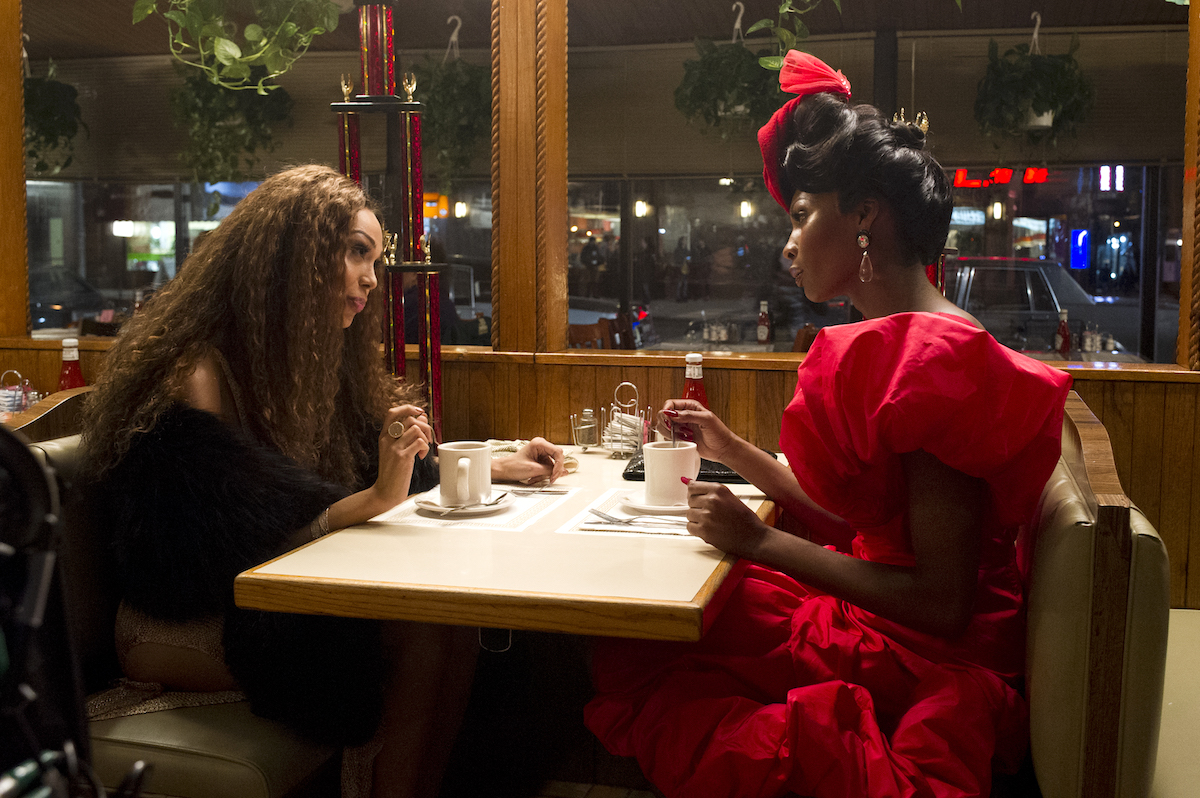
Portraying Pose’s many different characters requires special attention to lighting. Schwartz says the goal isn’t to equalize everyone within a shot, but rather to ensure people are represented accurately and attractively. “When we’re shooting wides, we look for areas to sneak-in special lights for those with darker tones or shadowing hairdos,” he explains. With coverage, I read the scopes to make sure everyone’s reading at the correct baseline for their fill or key side. We have different lighting approaches to different characters.”
All three directors of photography prefer nailing exposures in-camera, rather than relying on post.
As Dennis describes: “It can often just be simple tricks of flagging, netting, eye or catchlights. Of course, you can window faces in post, but for me, I want to embed the look in-camera. Lighting-wise we used soft direct sources to shape, and when the opportunity arose we embraced backlight in a location or set to help the skin tones glow. Color is such a huge part of my love of being a cinematographer, so I used color also to capture those skin tones, whether it be vibrant or subtle.”
Mock says Dennis’ preparation and approach were integral to a show that features an array of directors working on a tight schedule. “Simon lights with such authority and swiftness,” she observes. “He’s trained as an editor so he understands coverage. Those are all skills that come in handy when you’re tight on time and need to figure out what’s absolutely necessary to cover a scene at the end of your day. I don’t think I could ask for a better partner on my directorial debut [Season 1, Episode 6].”
The director (who recently signed a historic deal with Netflix) describes how her prep with Dennis allowed for more time on-set to capture complex shots.
“We had a 360 shot in the middle of a crowded ballroom. It was Blanca confronting a playboy who has wronged her. We had to cover the runway performances, then pan-up dramatically to the balcony to capture Blanca’s moment with our crane. Simon was also helpful in helping me achieve a oner when Patty walks out of the diner and onto the street, and the camera lands through the window on a heartbroken Angel. These were tricky shots that we had mapped out during that lunch and accomplished on the night of because of our planning together during that two-hour pageturn.”
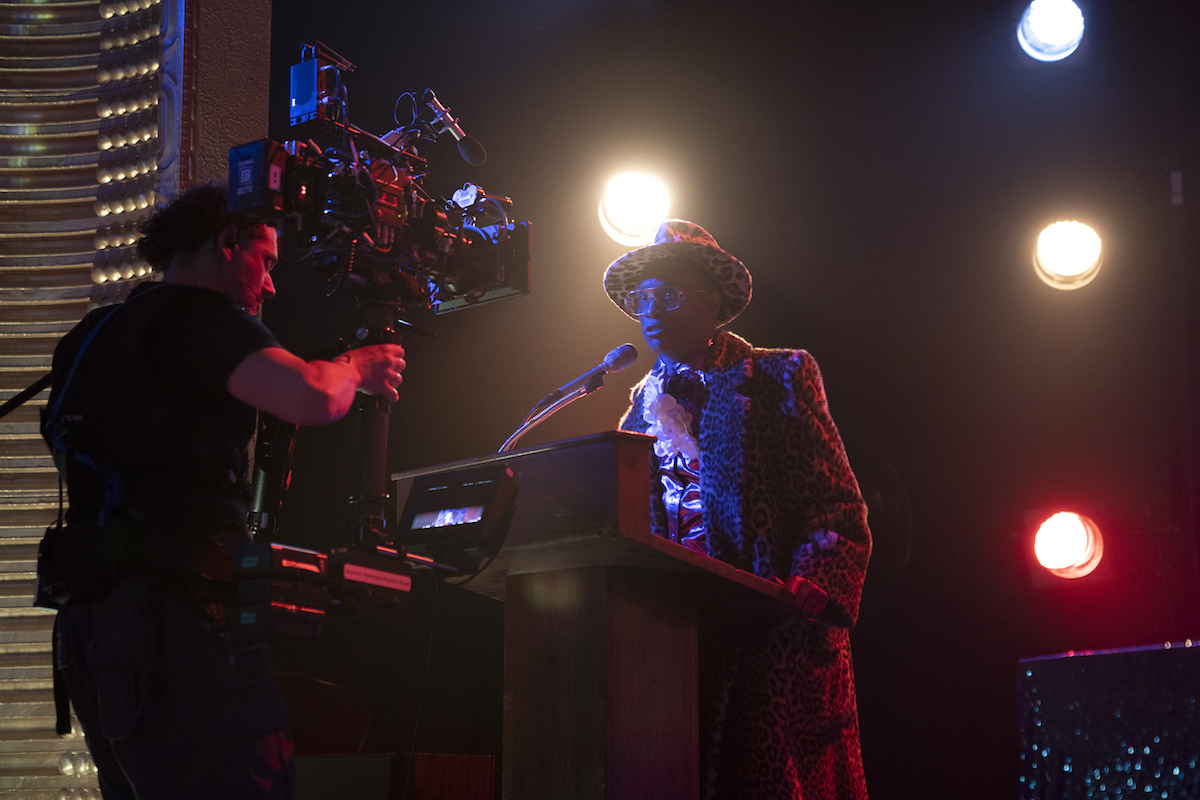
LeMay notes that one of Pose’s defining visual elements is that close-ups are often shot with wide lenses. “A 27 millimeter is a common lens for our close-ups,” he states. “And we’re often less than four feet from the actors.” The results are intimate frames that put the camera (and the viewer) in the scene instead of observing it.“ All credit for maintaining the intensity of the scenes should go to the cast,” LeMay adds. “These actors are so dedicated. All we can offer is to be quiet and professional. They do the rest and deliver fantastic performances, even with a camera directly in their face.”
Vietro-Hamman agrees. “Their personal stories and willingness to get emotionally naked are like no cast’s I’ve ever worked with.”
Small spaces, like the Peep Show rooms and the hallway of Blanca’s apartment, add authenticity and complexity. Dennis says he tried to keep those spaces as simple as possible.
“Production Designer Jamie Walker McCall always worked with me on providing decent practicals in-frame to boost or express the look needed,” Dennis recounts. “Sometimes it’s a simple bare bulb, but the type, color, and texture of that bulb are enough to express what’s needed. You can’t just leave those choices to chance, especially if it’s primary source lighting the scene, which we would then augment as needed.”
McCall, a member of Local 800 Art Directors Guild, says that Dennis is a “delight to work with” and brings her sets to life. “We continually bounce ideas or concerns off of one another. I often send him emails after I’ve looked over the dailies. It’s usually praise, but he may tell you otherwise,” she says, laughing.
One memorable tight shot in a tight spot took place in the Season 2 opener. Blanca (Mj Rodriguez) and Angel (Indya Moore) needed to have a serious conversation, and a cast member suggested shooting the scene as Blanca deep-cleans the bathroom.
“The bathroom is five feet by five feet, so you can’t really fit in there,” recalls director Gwyneth Horder-Payton. “But maybe we could find a way because the characters would be doing that.” The close surroundings highlighted the intimacy between the characters and brought home the fact that Blanca cannot get away from her HIV diagnosis. “For me, it’s about keeping my mind as open as possible to different approaches,” Horder-Payton adds. “I realize our cast members are coming from a very different place and that their choices may be more viable.”
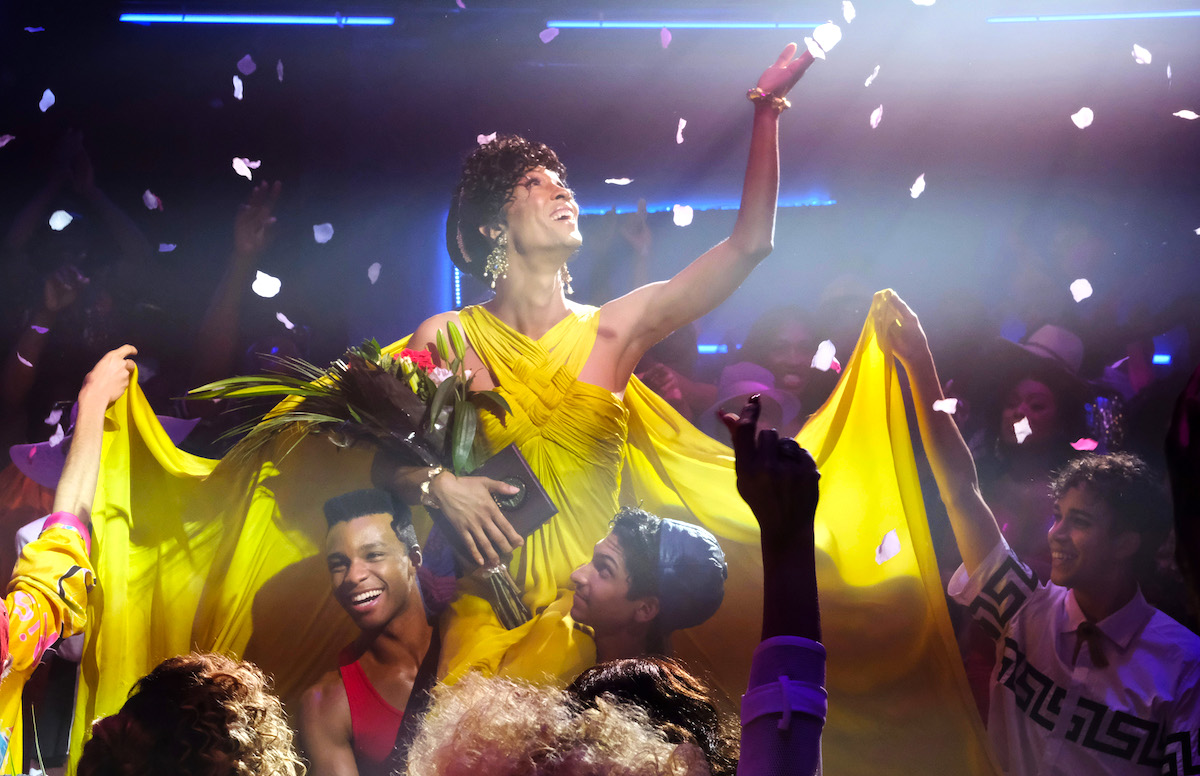
In truth, everyone involved with Pose says the show has been transformative, providing inspiration, education and, perhaps most importantly, affirmation.
“It’s important to say out loud how much the show means to all of us who work on it,” Schwartz concludes. “We all feel we’re lucky to be here, and we greatly appreciate the cast and the stories that we’re telling. It can be a challenging show, but the entire concept is so inspiring. What it means to the audience, and especially to the cast, makes it very special and unique.”
LeMay appreciates how relevant the issues are in today’s world. “Violence against transgender women remains appallingly common in the U.S., with over two dozen – mostly women of color – killed last year and a number more killed just in the time we’ve been making this show,” the AC states. “I know this is an issue the cast is keenly aware of and that we all should be aware of, as well.”
For all of those reasons, working on Pose has become a different kind of experience for the many IATSE crew members who are not part of the show’s subject community.
“To honor the transgender community with creativity and respect was life-changing in many ways,” Dennis reflects. “When your work can change or inspire real lives, it alters your perception of what your responsibilities are as a director of photography: it’s not always just entertainment.”
Horder-Payton concurs. “On this show, more than any I’ve done, the driving principle is this idea of love and respect for other human beings. Their community has had to stick together to protect themselves, they have great love and respect for each other, and that comes out all day long. Not just between the actors, but also among the crew. Pose is the most loving place I’ve ever experienced.”
Ultimately, Cragg says, the work is changing the world for the better.
“It’s introducing millions of people to a sub-culture they had no idea even exists. It put these supposedly marginal people right in people’s living rooms and portrays them as real human beings. That is important and hopefully can make someone’s life better. What more can you ask in telling a story?”
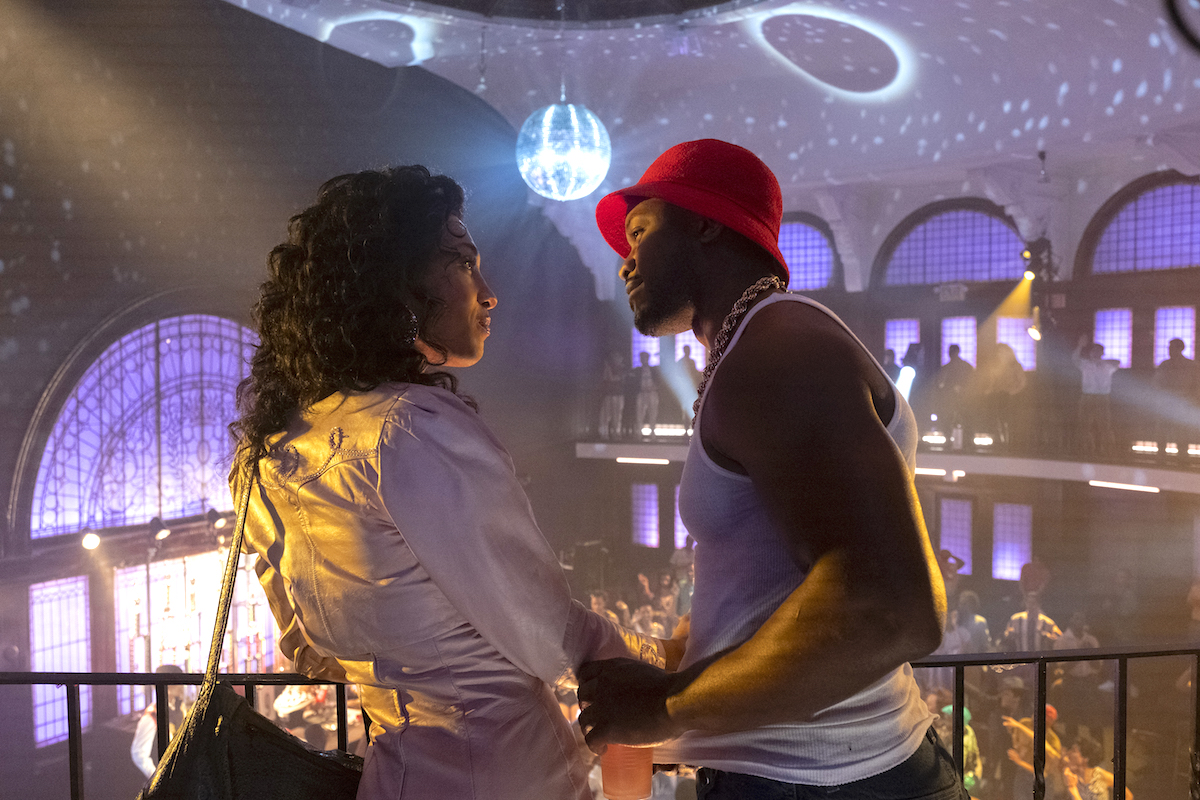
Local 600 Crew
Season 1
Directors of Photography: Nelson Cragg, ASC (Episodes 1/2), Simon Dennis, BSC
A-Camera Operator/Steadicam: Mark Schmidt, SOC
A-Camera 1st AC: Stanley Fernandez
A-Camera 2nd AC: Christopher Eng
B-Camera Operator: Brian Jackson
B-Camera 1st AC: Wesley Hodges
B-Camera 2nd AC: Corey Licameli
Loader: Ronnie Wrase
Additional Loader: Matt Albano
Still Photographer: JoJo Whilden, SMPSP
Additional Still Photographers: Elizabeth Fisher, Sarah Shatz, Jeffrey Neira, Eric Liebowitz, Craig Blankenhorn, Michael Parmelee, Jessica Miglio, SMPSP
Season 2
Directors of Photography: Simon Dennis, BSC, Andrei Bowden Schwartz
A- Camera Operator: Peter Vietro-Hannum
A-Camera 1st AC: Damon LeMay
A-Camera 2nd AC: Amanda Rotzler
B-Camera Operator: Wylda Bayrón
B-Camera 1st AC: Ro Rizzo
B-Camera 2nd AC: Mike Swearingen
Loaders: Kristina Lally, Alyssa Longchamp
Still Photographer: Macall Polay, SMPSP
Additional Still Photographers: Sarah Shatz, Michael Parmelee
